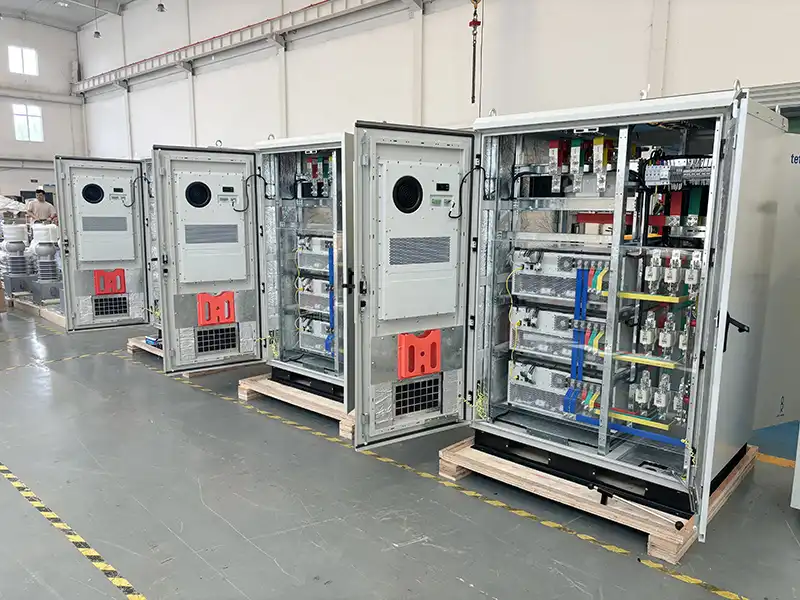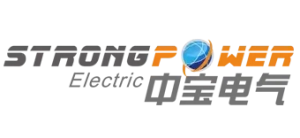Amid rapid global energy transition and electrification, the user-side power quality service market is poised for significant growth. The increasing integration of renewable energy and widespread adoption of power electronic devices have led to more complex power quality challenges. However, continuous technological advancements and robust policy support are driving substantial improvements in power quality monitoring and management.
The market comprises three core segments:
Monitoring services: which utilize intelligent terminals, modern communication systems, and data analytics for real-time power quality data collection and analysis.
Governance equipment: including key hardware such as active power filters and static VAR compensators.
Comprehensive solutions: offering tailored monitoring and mitigation services.
From an application perspective, the industrial sector dominates demand with a 50.4% market share, driven by the high sensitivity of precision manufacturing and semiconductor production to power quality. Commercial buildings and renewable energy power generation also contribute significantly, further propelling industry growth.
Currently, the user-side power quality service market is in a phase of rapid expansion, characterized by increasing scale, technological innovation, and diverse applications. As power systems evolve toward cleaner, more efficient, and smarter solutions, the role of user-side power quality services will become even more critical, presenting vast market opportunities.
The user-side power quality service market can be segmented into three product and service categories: monitoring equipment, mitigation equipment, and integrated solutions, each with distinct technical features and application scenarios.
Power quality monitoring equipment serves as the market’s foundation, encompassing products like power quality analyzers and online monitoring terminals. These devices support power quality assessment by continuously capturing fundamental parameters such as voltage, current waveforms, frequency, and phase, while also detecting issues like harmonics, flicker, voltage sags/swells, and interruptions. Among these, online power quality monitoring dominates the market, holding approximately 81% share as the primary segment. Technological advancements are driving the evolution of monitoring equipment toward higher precision, expanded functionality, and enhanced connectivity, with AI-integrated intelligent monitoring devices now emerging in the market.

Power quality mitigation equipment represents the market’s core, including products such as active power filters (APF), static VAR compensators (SVG), and dynamic voltage restorers (DVR). According to Research’s classification, these solutions fall into three categories: harmonic suppression, voltage regulation, and reactive power compensation. Each type addresses specific power quality challenges through distinct technical approaches:
Harmonic suppression equipment (e.g., active filters) eliminates harmonic distortion in power systems, protecting sensitive equipment from damage.
Voltage regulation equipment (e.g., dynamic voltage restorers) rapidly compensates for voltage sags and swells to maintain stable voltage for critical loads.
Reactive power compensation equipment (e.g., static VAR generators) improves power factor and reduces line losses caused by reactive current.
The global power quality management solutions market exhibits varying shares and growth potential across different product types. Harmonic control products dominate the market, reflecting the widespread and damaging effects of harmonic issues in industrial applications. In contrast, voltage regulation products currently hold a smaller share but show significant growth potential, driven by the rapid expansion of voltage-sensitive industries like data centers and semiconductor manufacturing.
Comprehensive solutions, which integrate monitoring, analysis, and mitigation into systematic services, represent the high-end evolution of the market. These solutions typically combine hardware, software platforms, and professional services, offering end-to-end support—from problem diagnosis to solution implementation.
The user-side power quality services market is poised for substantial growth, fueled by technological innovation, expanding applications, evolving business models, and policy support. To succeed in this competitive landscape, industry players must embrace digitalization and service-oriented approaches, target high-growth sectors, and innovate their business strategies. Additionally, the distinct characteristics of regional markets demand flexible localization strategies to ensure global business expansion.



